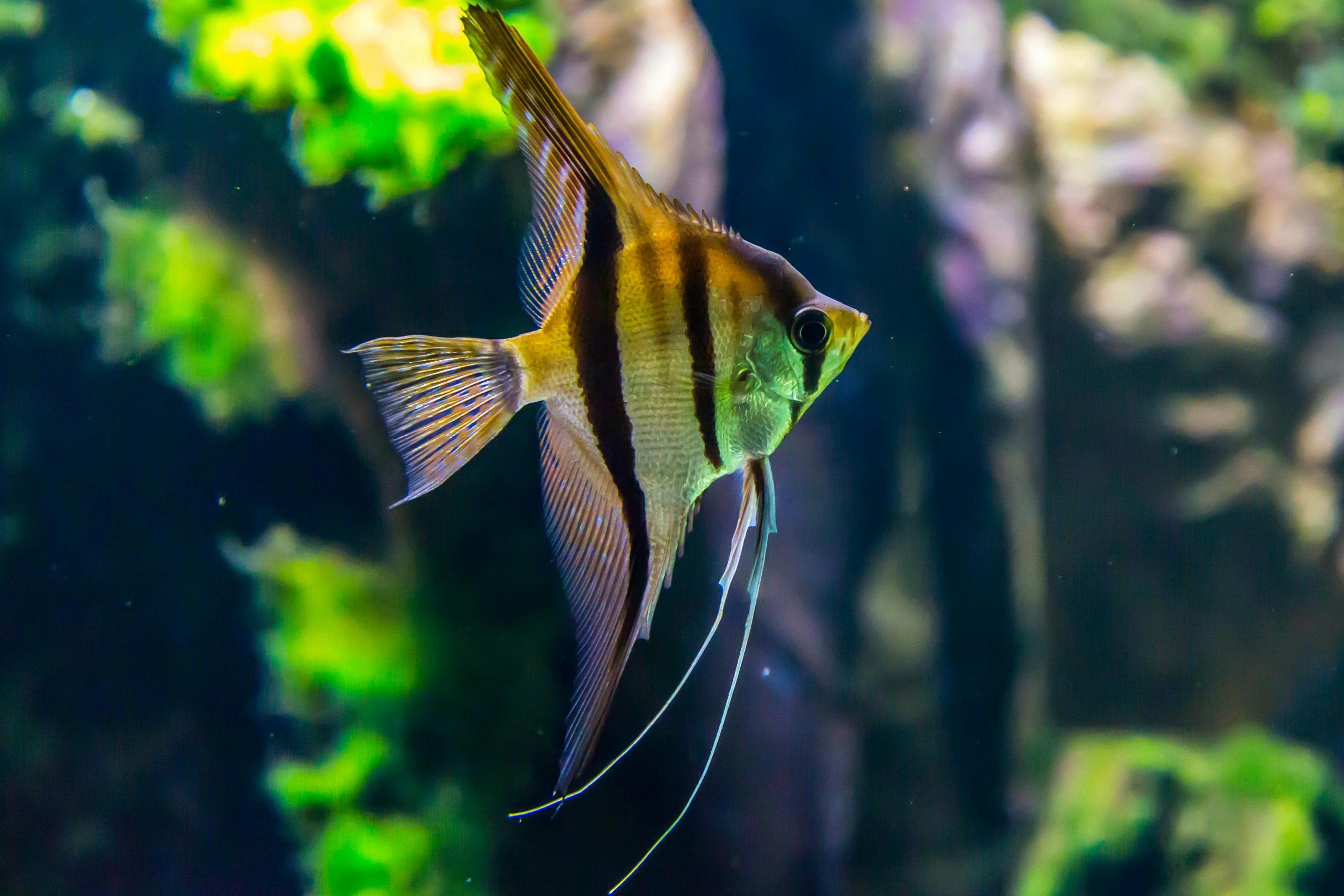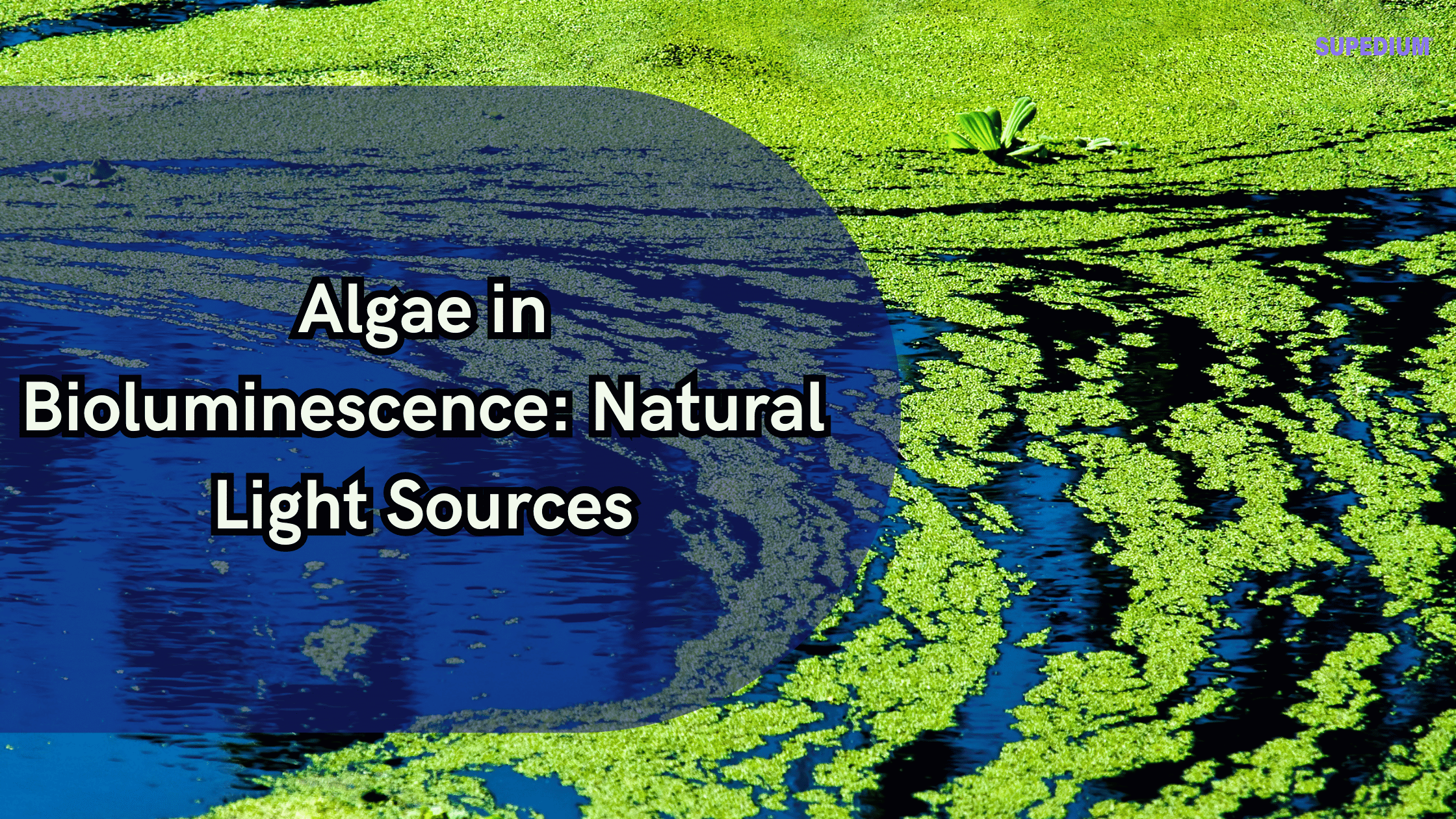Table of Contents
![]()
Introduction
Coral reefs are often described as the “rainforests of the sea,” teeming with vibrant colors and a diversity of life. Bringing this underwater paradise into your home aquarium can be a rewarding experience, but it requires careful planning and diligent care. Understanding how to select and maintain coral is crucial for the health of your marine ecosystem and the success of your aquarium.
Understanding Coral Types
Soft Corals
Soft corals are a popular choice for beginners due to their relatively low maintenance requirements. Examples include Zoanthids, Mushrooms, and Leather Corals. These corals are characterized by their flexible, soft tissues and can thrive in various lighting conditions. They are generally less demanding in terms of water quality compared to hard corals, making them an excellent choice for new aquarists.
Hard Corals
Hard corals, also known as stony corals, are known for their calcium carbonate skeletons, which contribute to the reef structure. Examples include Acropora, Montipora, and Brain Corals. These corals are more sensitive to water conditions and require stable environments with consistent calcium and alkalinity levels. They are often favored by more experienced hobbyists due to their vibrant colors and intricate shapes.
LPS (Large Polyp Stony) Corals
LPS corals, such as Frogspawn and Hammer Corals, have large, fleshy polyps that extend from a hard skeleton. They are relatively hardy and can adapt to a range of water conditions. LPS corals require moderate to strong lighting and regular feeding of plankton or specialized coral foods. They are known for their impressive growth and are a favorite among aquarists for their dramatic appearance.
SPS (Small Polyp Stony) Corals
SPS corals, including Birdsnest and Montipora, are known for their small polyps and rapid growth. They require intense lighting and very stable water conditions. SPS corals are sensitive to changes in water quality and need strong water flow to keep debris off their surfaces. They are suitable for advanced hobbyists who can provide the precise conditions they need to thrive.
Selecting Coral for Your Aquarium
Assessing Tank Conditions
Before selecting coral, assess your tank’s conditions. Key parameters include water quality, lighting, and flow rate. Ensure that your tank’s pH, salinity, calcium, and alkalinity levels are stable and within the ideal range for the coral species you intend to keep. Lighting should mimic natural sunlight, with intensity and spectrum adjusted according to the needs of your corals. Additionally, ensure that your tank has appropriate water movement to prevent detritus buildup and promote coral health.
Choosing Compatible Species
Compatibility is crucial when selecting coral species. Some corals may not coexist peacefully, leading to aggression or competition for space and resources. Research the growth patterns and space requirements of each species to ensure they can coexist harmoniously in your tank. It’s also important to consider the needs of your existing tank inhabitants to avoid conflicts.
Sourcing Healthy Corals
When purchasing coral, look for signs of health and vitality. Healthy corals should have vibrant colors, intact tissue, and no signs of disease or pest infestation. Choose reputable vendors who provide accurate information about their corals and practice responsible collection and husbandry.
Coral Care and Maintenance
Water Quality Management
Maintaining excellent water quality is essential for coral health. Regularly test water parameters such as pH, salinity, calcium, and alkalinity. Perform regular water changes to keep nutrient levels in check and prevent the accumulation of harmful substances. A well-maintained filtration system and protein skimmer will help keep the water clean and clear.
Lighting and Placement
Proper lighting is vital for coral growth and coloration. Place corals according to their light requirements—some need high-intensity lighting, while others thrive in lower light conditions. Adjust the light intensity and spectrum as needed to match the needs of your coral species. Additionally, consider the placement of corals to avoid shading and overcrowding, which can hinder growth and health.
Feeding and Nutrition
Corals require a balanced diet to thrive. While many corals obtain nutrients through photosynthesis from their symbiotic algae, some species benefit from additional feeding. Offer specialized coral foods, such as plankton or coral pellets, to supplement their diet. Feed corals regularly but avoid overfeeding, which can lead to water quality issues.
Pruning and Fragging
Corals grow rapidly and may need pruning or fragging to maintain their health and appearance. Pruning involves trimming overgrown or damaged areas to promote healthy growth. Fragging is the process of cutting and propagating corals to share with other aquarists or to manage growth. Use appropriate tools and techniques to minimize stress and ensure successful propagation.
Common Issues and Troubleshooting
Coral Diseases and Pests
Corals can be susceptible to various diseases and pests, including coral bleaching, rapid tissue necrosis (RTN), and pests like Aiptasia and Zoanthid nudibranchs. Regularly inspect corals for signs of distress and address issues promptly. Treatment may involve adjusting water conditions, removing pests manually, or using targeted medications.
Addressing Water Quality Problems
Poor water quality can lead to coral stress and disease. Common issues include elevated nitrate or phosphate levels, low calcium or alkalinity, and fluctuating pH. Regular water testing and maintenance will help prevent these problems. If issues arise, take corrective actions such as adjusting your filtration system, performing water changes, or using chemical treatments.
Dealing with Aggression and Competition
Corals can exhibit aggression towards one another, often leading to stinging or overgrowth. To prevent conflicts, ensure adequate space between corals and monitor their interactions. Provide ample room for growth and adjust placement if necessary to avoid direct competition.
Advanced Coral Care
Enhancing Coral Growth
For advanced aquarists, enhancing coral growth involves fine-tuning tank conditions and providing additional supplements. Calcium and trace element supplements can support robust skeletal development. Advanced lighting options, such as LED or T5 fixtures, can also improve growth and coloration.
Breeding and Propagation
Breeding and propagating corals can be a fascinating aspect of advanced reef keeping. Techniques for breeding include providing suitable conditions for spawning and managing larvae. Propagation methods, such as fragging, involve cutting healthy coral segments and acclimating them to new environments. Proper care of juvenile corals is essential for their successful growth and development.
Conclusion
Selecting and caring for coral in your aquarium involves a combination of knowledge, patience, and attention to detail. By understanding the different types of corals, assessing tank conditions, and providing proper care, you can create a thriving and vibrant marine ecosystem. Ongoing learning and adaptation are key to successful coral husbandry, so stay informed and enjoy the beauty and complexity of your underwater world.
Share This





Be the first to comment